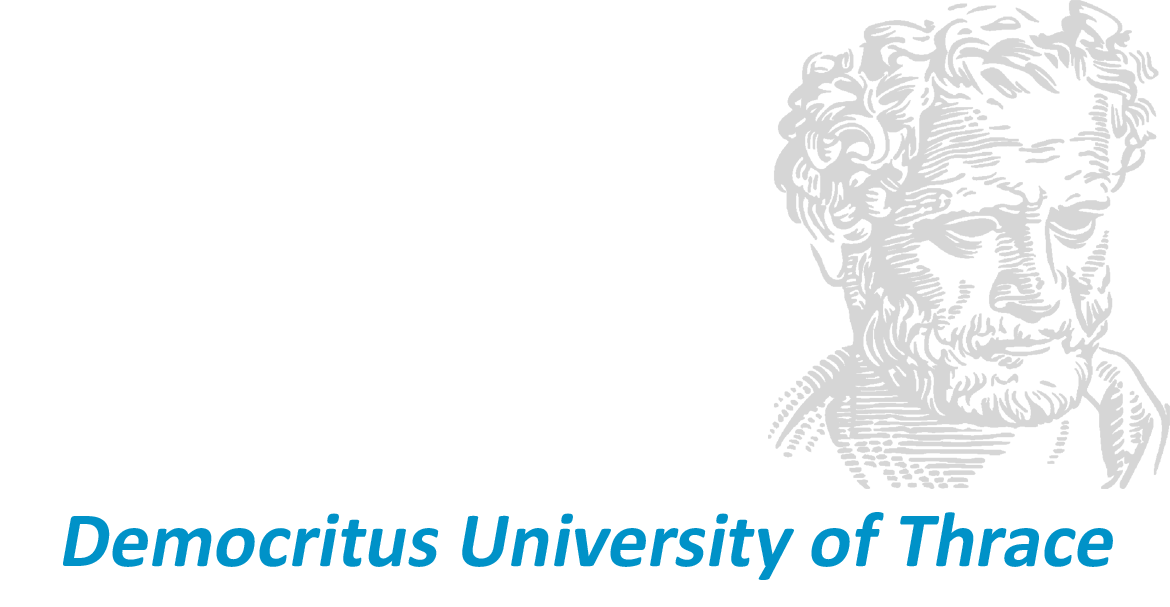The first goal of the course is to teach the key mathematical tools that are useful for the study of economics. The second goal, is to show real (but relatively simple) mathematical proofs so that you can get familiar with mathematical reasoning. This should be helpful to understand proof arguments in micro- macro or econometric classes.
Section 1: Basic concepts
One-variable calculus:
a. Introduction, sets, numbers, and proofs
b. Sequences, limits, continuity, differentiability
c. Applications, Taylor expansions
d. Concavity, convexity
e. Maxima and minima
f. Integration
Section 2: Calculus of functions of two variables
a. Basic topology: Limits and open sets, compact sets
b. Functions of two variables: Geometric representation (graphs, level curves), partial derivatives, differentiability, chain rule
c. Convex and concave functions of two variables
d. Homogeneous functions, implicit functions and derivatives
Section 3: Optimization (functions of two variables)
a. Unconstrained optimization
b. Constrained optimization (first order conditions)
c. Constrained optimization ( second order conditions)
d. Concave programming
e. Economic applications
Bibliography:
· G. Sarafopoulos, N. Mylonas, Mathematics for Economics (in Greek), Ed. Tziolas,2019 (Primary textbook)
· E. Dowling, Intoduction to Mathematical Economics, McGraw – Hill (Shaum’s series),2001
· M. Hoy et al. Mathematics for Economics, Addison Wesley,2001
· Simon – L. Blume, Mathematics for Economists, Norton Co.,2004
Teachers
Click to view more information about each teacher.
| Name | Title | |
|---|---|---|
| Sarafopoulos Georges | Professor | gsarafop@econ.duth.gr |


